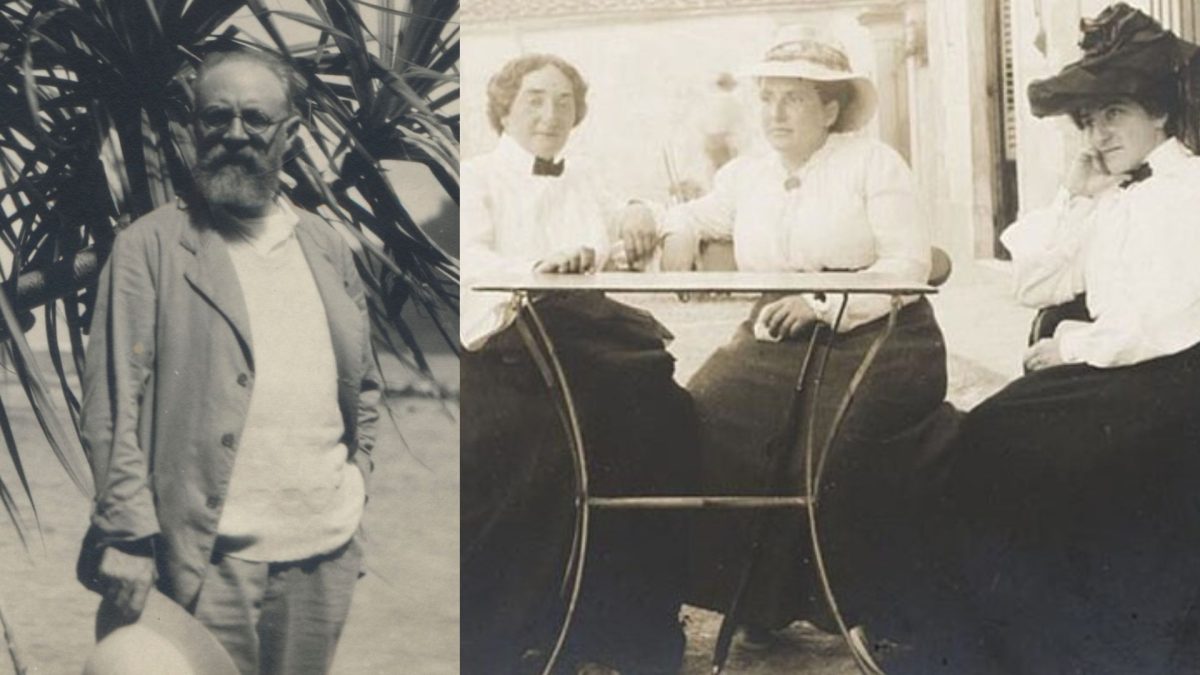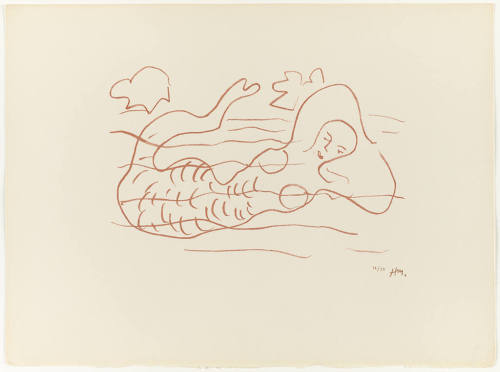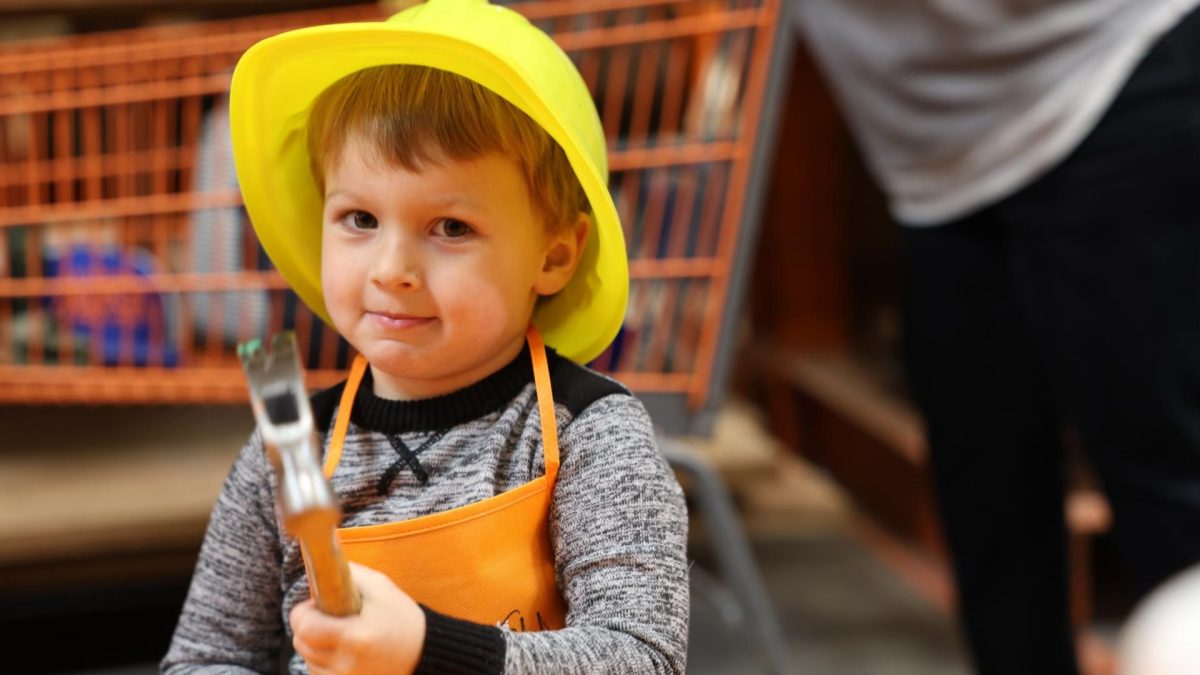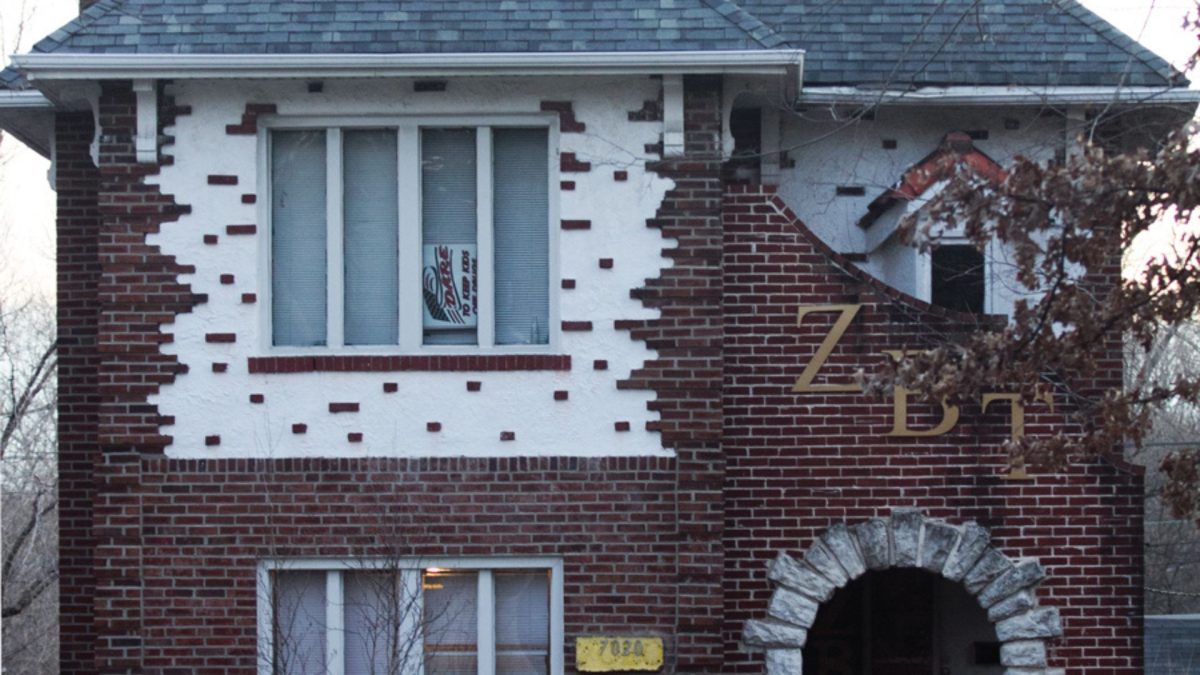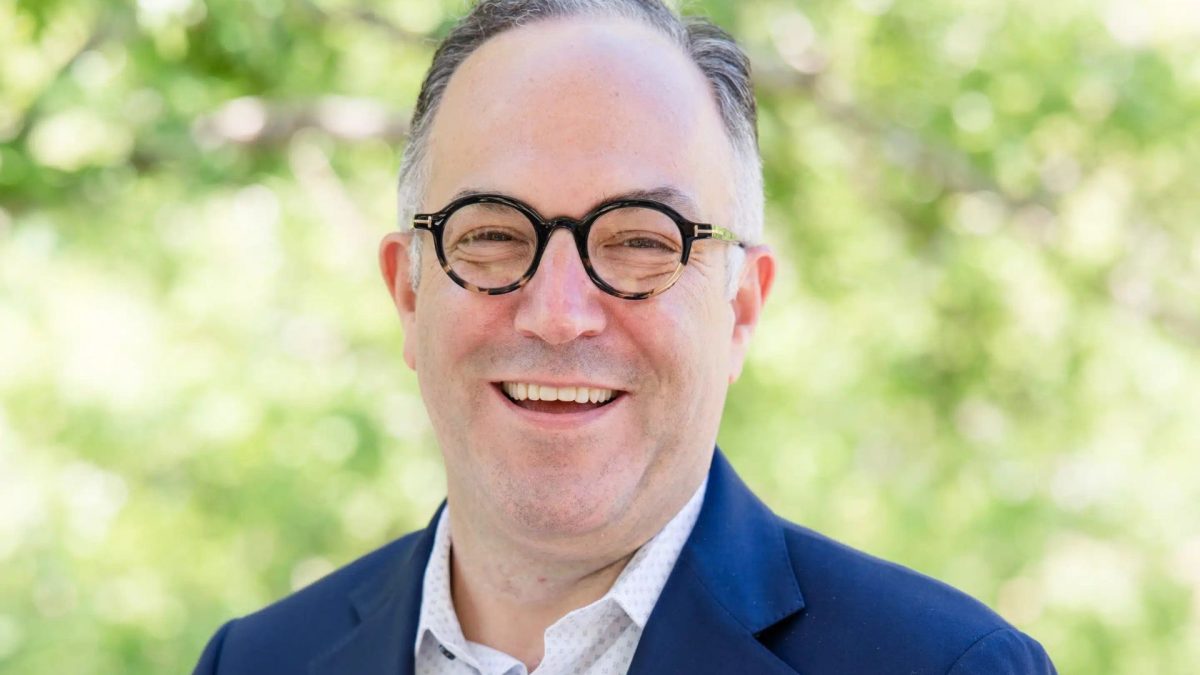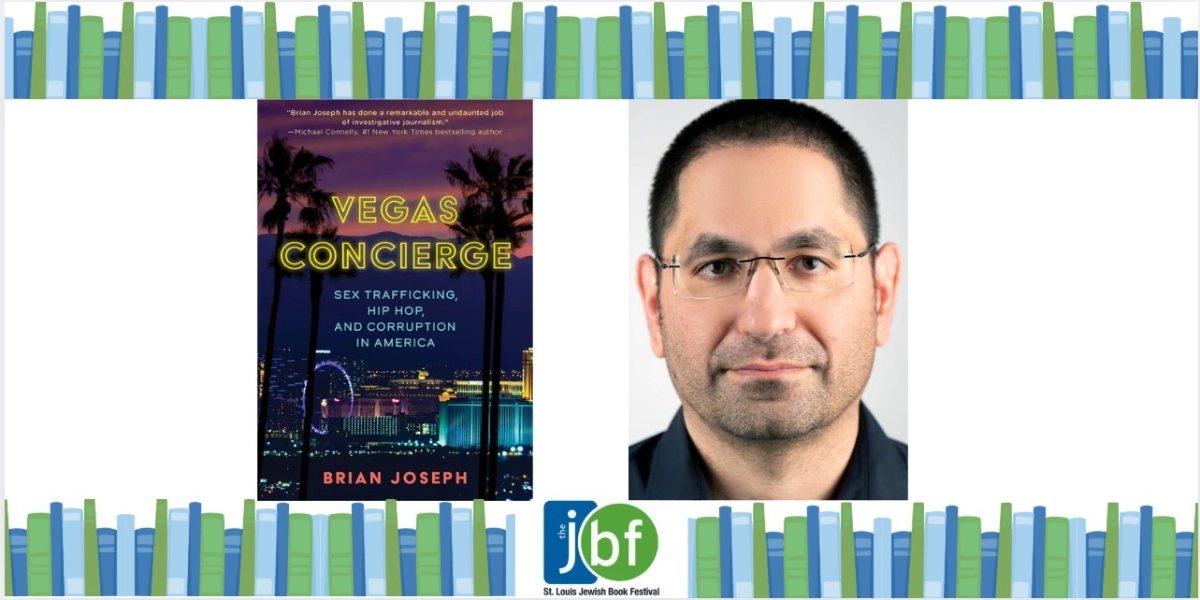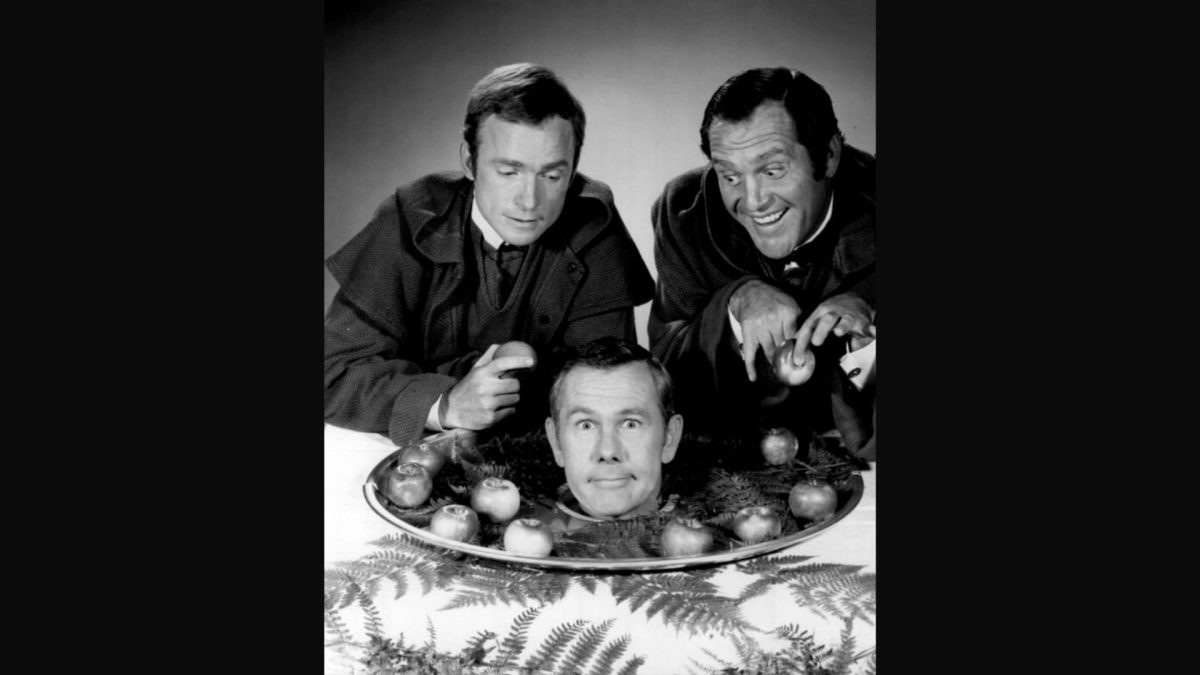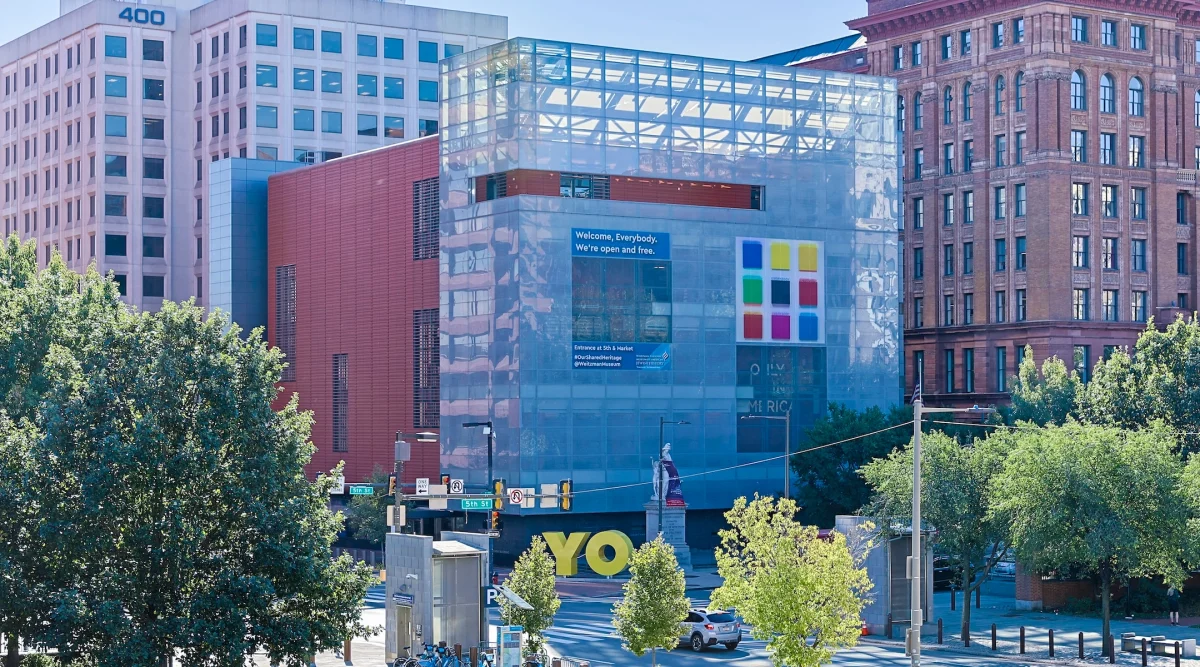The St. Louis Art Museum’s upcoming exhibition features works by French artist, Henri Matisse. “Matisse and the Sea” opens on Feb. 17 and is the first to examine the significance of the sea and related imagery across the artist’s extensive career.
But as thousands of St. Louisans move through the galleries viewing the approximately 75 paintings, sculptures, paper cut-outs, textiles, ceramics, drawings and prints, it’s important to remember the Jewish patrons who believed in and supported Matisse during his lifetime.
Matisse and his Jewish patrons
From May 2011 through June 2012, two major art museums highlighted the connection between Matisse and his earliest Jewish patrons. The first exhibition, “Collecting Matisse and Modern Masters: The Cone Sisters of Baltimore,” was hosted by the Jewish Museum in New York City. The second exhibition, “The Steins Collect: Matisse, Picasso, and the Parisian Avant-Garde,” was hosted by the Metropolitan Museum of Art (The Met), also in New York City.
The Steins and their Matisse collection
The Steins, writer Gertrude, her brothers Leo and Michael and Michael’s wife, Sarah, were German-American Jewish expatriates living in Paris in the early 20th century. They were among the first to recognize the talents of avant-garde painters like Matisse and Pablo Picasso.
“After settling in Paris, they collected hundreds of inexpensive pictures by a group of relatively unknown artists whom they befriended,” wrote Rebecca Rabinow for the Met’s preview of the exhibition.
These artists were known as Fauvists. Fauvism was the first of the avant-garde movements that flourished in France in the early years of the 20th century.
“The Steins opened their apartments for Saturday evening salons. Scores of international artists, collectors, and dealers passed through their doors to see and discuss the latest artistic developments. Ultimately, the Steins’ enthusiasm for avant-garde art, especially the work of Matisse and Picasso, had an indelible impact on its development for decades to come,” wrote Rabinow.
As his earliest patrons, the Steins witnessed his efforts and artistic experiments.
“They suffered with him when his work provoked derision. They bought ‘Woman with a Hat,’ ‘The Joy of Life’ and ‘Blue Nude’ at the very moment gallery-goers were mocking them,” wrote Catherine Bock-Weiss, professor emerita of art history at the School of the Art Institute of Chicago and author of “Henri Matisse and Neo-Impressionism, 1898–1908 (1981)” and “Henri Matisse: A Guide to Research (1996).”
Matisse frequently dined with them, attended their soirees and even vacationed with them.
“As Americans and Jews, the Steins were doubly outsiders to French society. Through their early purchases, the Steins themselves became notorious in Paris art circles and used this notoriety to create the avant-garde audience that made Matisse’s name, and helped spark an artistic revolution,” wrote Bock-Weiss.
The Stein portraits
The relationships between members of the Stein family and Matisse continued as more of a friendship than just one between a client and an artist.
In 1914, Matisse was organizing an important exhibition in Berlin. He made a personal request of the Steins to lend him 19 pieces of his most important work, that they owned.
According to the Met, when Germany declared war on France in early August, the paintings were trapped. After years of legal negotiations, Michael and Sarah Stein could not regain their property and opted to sell them. Matisse regretted the turn of events and painted portraits of Sarah and Michael. They are the only pair of portraits he is known to have made.
Claribel and Etta Cone
Henri Matisse himself called Claribel and Etta, the daughters of a prosperous German-Jewish immigrant family, “my two Baltimore ladies.”
“They attended a Stein salon in 1905 when ‘Woman with a Hat’ was purchased by Gertrude and Leo. Soon after, Sarah Stein brought Etta to Matisse’s studio, where she promptly bought two drawings and a painting. The sisters were to purchase some of the artist’s most important works in the next two decades,” wrote Bock-Weiss.
When the sisters returned to Baltimore in 1906, they brought with them a cache of art, including Matisse’s 1905 watercolor “The Harbor of Collioure,” his “Yellow Pottery from Provence,” an unfinished oil painting from 1906, and three drawings. The sisters hosted their own versions of Gertrude Stein’s salons featuring Matisse’s work.
“Etta also became an intimate friend of Matisse’s wife, Amélie, and his daughter, Marguerite,” wrote Bock-Weiss. “Matisse’s grandson, Claude Duthuit, remembered that “even as a little boy, I felt that my mother, (Marguerite) after seeing Miss Cone, was regenerated.” He added: “She had extraordinarily good, strong taste. The best of Matisse she bought, really.”
Cone Collection Art In Matisse and the Sea
Matisse and the Sea
When: February 17–May 12
Where: St. Louis Art Museum, Entrance in Taylor Hall, East Building
Cost:
- Members always free.
- Adults: $12; seniors and students: $10; children (6–12): $6; children (5 and under): free;
- Reduced-price tickets are available for scheduled group visits. Schedule a group visit.
More Info: Visit www.slam.org
| RELATED: The remarkable true story of Shaare Emeth’s Chihuly stained glass windows



